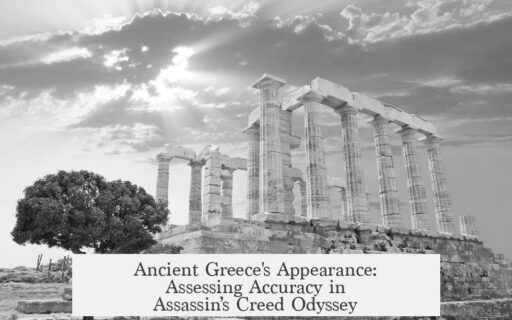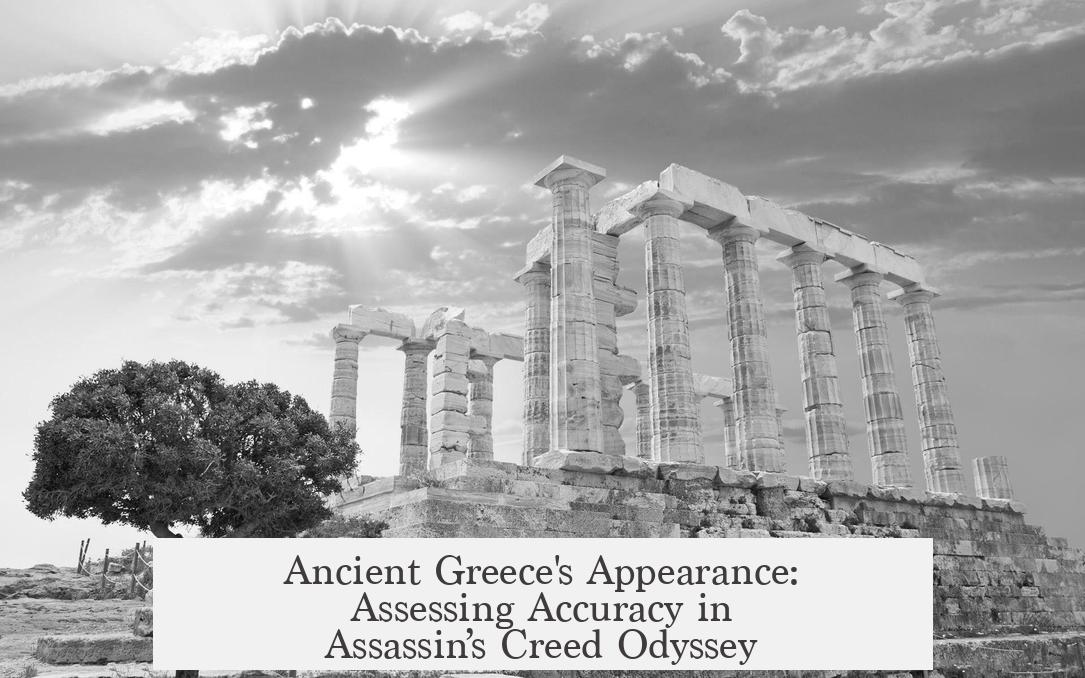We do have a good understanding of what Ancient Greece looked like, but it is not exact. Assassin’s Creed Odyssey offers a visually rich and well-researched representation, though it takes many liberties for gameplay and aesthetics. The game captures the essence of the environment, cities, and art, but some details stray from historical accuracy.
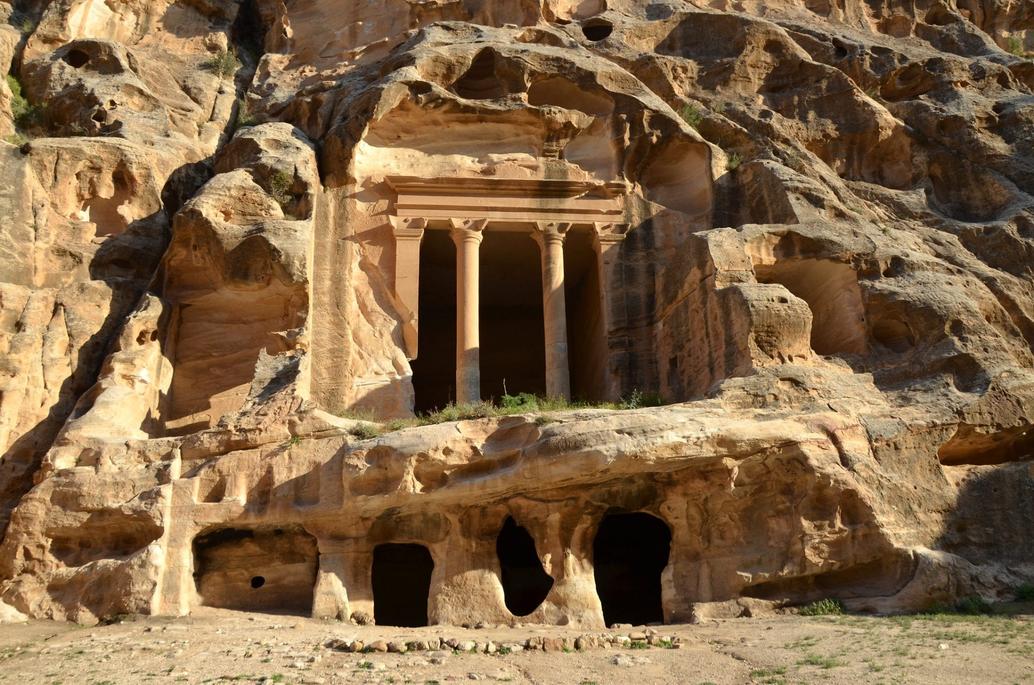
The geography and natural environment of Ancient Greece remain much the same today. The rugged mountains, arid plains, islands, and coastlines visible in the game reflect real Mediterranean landscapes unchanged over 2,500 years. Players exploring areas like Athens or the Aegean Sea experience settings that would be familiar to Ancient Greeks. Agriculture featured barley, wheat, olives, and grapes, with animals such as sheep and goats common, accurately depicted through scattered farms and groves in-game.
Many ancient Greek sites remain partially preserved or visible as ruins now. Archaeologists study urban centers such as Athens, Corinth, and Paestum. Large sanctuary sites like Delphi and Olympia provide insights into monumental architecture. Even today, remains like the aqueduct on Samos show ancient engineering feats still extant. Through such evidence, the layout and scale of settlements in the game echo real city plans from classical antiquity.
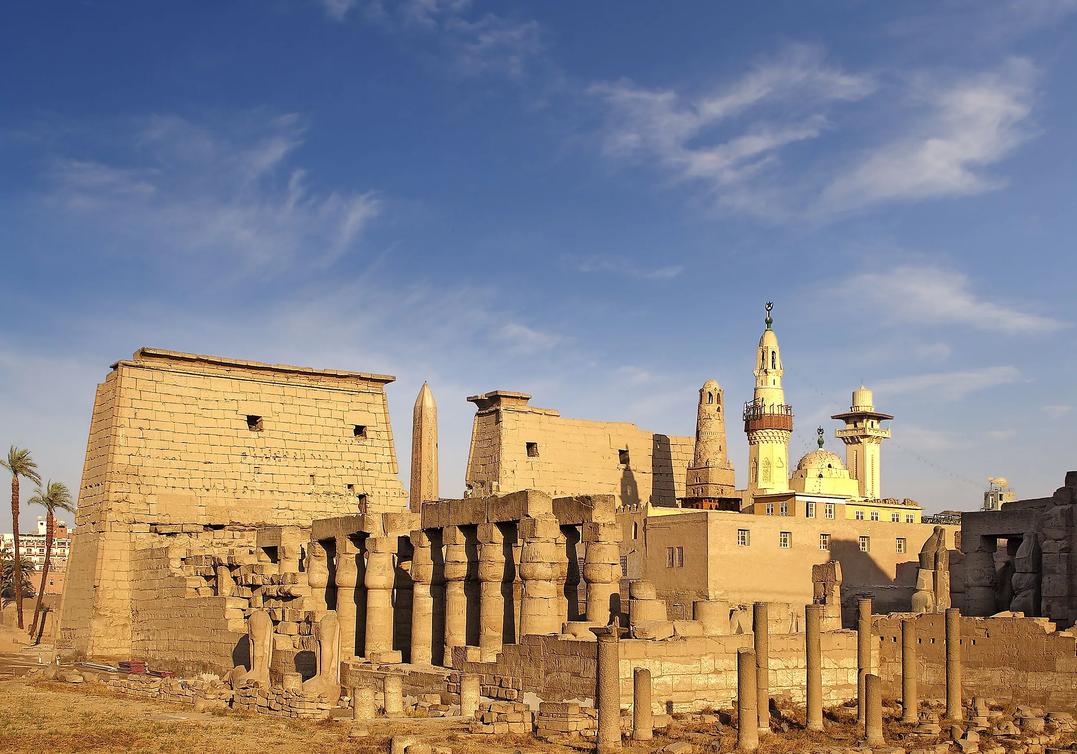
Ancient artifacts also enlighten us about visual culture. Vase paintings and frescoes illustrate domestic interiors, clothing styles, and daily activities, which the game designers used as references for NPC attire and environment decoration. Buildings’ materials, like stone and marble, and traces of original paint on statues give clues to their visual impact, which the game tries to evoke with colors and sculptural elements.
Literary sources complement archaeological evidence, offering descriptions of cities, temples, and artworks lost over time. Ancient travelogues and historians wrote extensively about landmarks, rituals, and everyday life, helping developers portray authentic cultural details and social contexts.
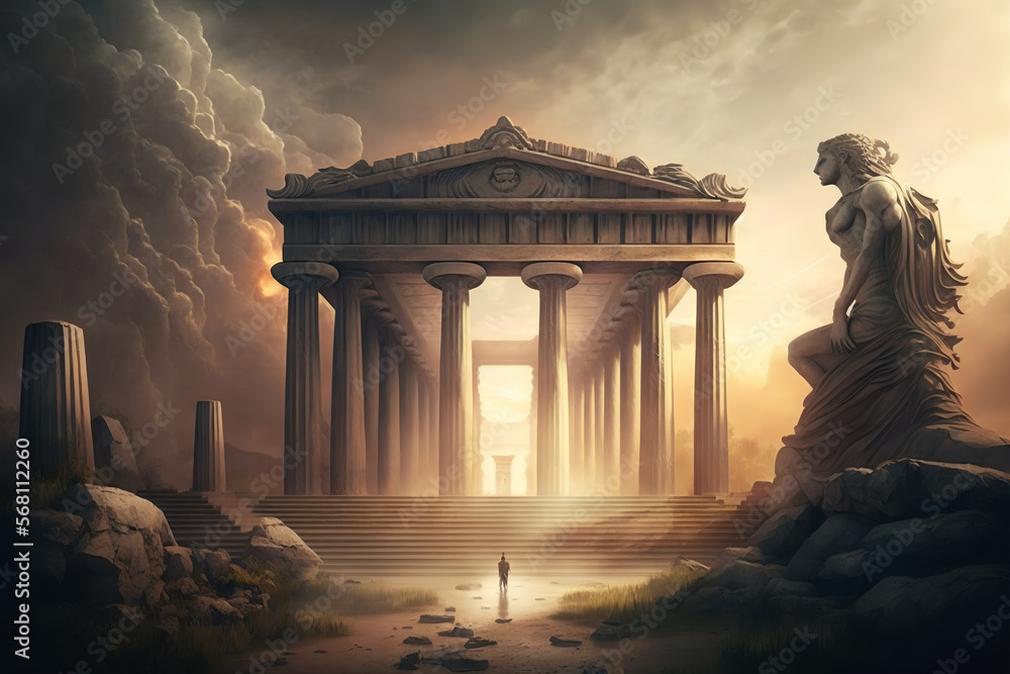
That said, Assassin’s Creed Odyssey compresses the vast territory of Ancient Greece into a smaller map, causing geographical foreshortening. Some city layouts differ, with mountains positioned closer than in reality. The ancient city of Athens appears densely packed, unlike the far larger modern metropolis covering the area today.
- The game’s architecture draws directly on authentic examples, such as fresco patterns from Knossos and Mycenaean sites.
- Character dress and armor align in general style with classical models, yet many player-worn armors are fantasy inventions without archaeological counterparts.
- Some structural decorations, like hanging banners on temples and gates, are historically inaccurate since Greeks did not use flags or banners in this manner.
- Large statues are common in the virtual world but often blend late Hellenistic styles and ruin placement anachronistically.
- Warships mix features from classical triremes and much later vessels, ignoring strict historical designs.
- Technological details, such as widespread catapult use, do not align chronologically with the game’s Peloponnesian War setting.
From a social perspective, the game depicts many NPCs constantly wearing full armor, which conflicts with historical reality. Classical Greeks associated public weapon carrying with barbarians and generally avoided it. This choice prioritizes gameplay over sociocultural accuracy.
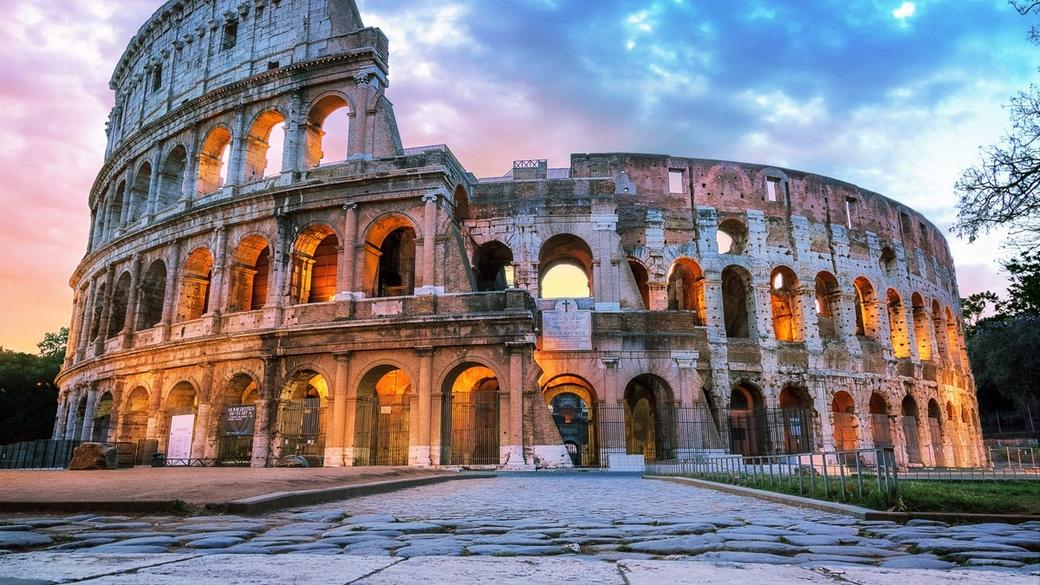
Overall, Assassin’s Creed Odyssey offers arguably the most detailed digital reconstruction of Ancient Greece to date. The developers combined geography, archaeological data, art history, and literary evidence to craft a believable environment. Despite fantasy elements and some inaccuracies, the game acts as an engaging and informative introduction to the era’s appearance and ambiance.
Key takeaways:

- The Mediterranean landscape in the game closely matches the real ancient environment.
- Urban layouts and monumental ruins are historically grounded but geographically condensed.
- Architecture, art, and dress derive from authentic archaeological patterns and artifacts.
- Game design incorporates fantasy armor, anachronistic technology, and modern aesthetic features.
- Social behaviors like weapon carrying are exaggerated for gameplay, not historical accuracy.
- Assassin’s Creed Odyssey balances education and entertainment, giving players a vivid but not perfect glimpse into Ancient Greece.
Do We Really Know What Ancient Greece Looked Like? A Deep Dive into Assassin’s Creed Odyssey’s Accuracy
Answering the big question first: Yes, we have a pretty good idea of what Ancient Greece looked like, but it’s not perfect—and “Assassin’s Creed Odyssey” represents one of the most detailed yet still somewhat fictionalized attempts to bring that world to life.
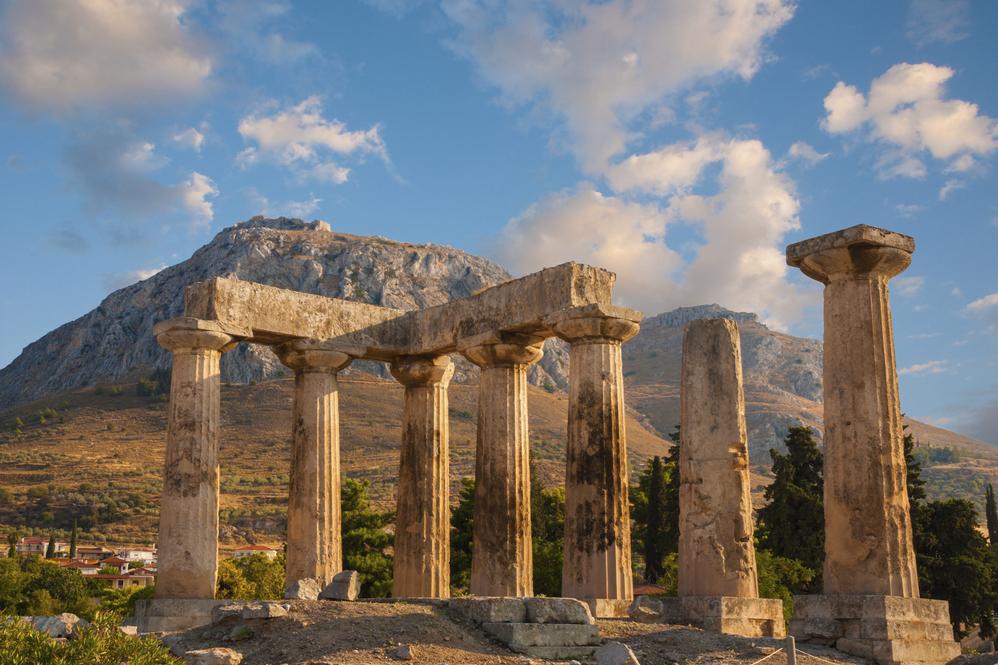
If you’ve been roaming around the sun-drenched hills and marble temples of Achaea in AC: Odyssey, you might wonder how closely the game’s landscape and cities reflect reality. Let’s unpack the layers of what we know about Ancient Greece’s appearance and compare that to Ubisoft’s ambitious virtual world.
How We Know What Ancient Greece Looked Like
History and archaeology, combined with geography and artistic depictions, give us a strong foundation for reconstructing Ancient Greece. But it’s a mix of direct evidence, educated guesses, and sometimes imagination.
Physical Environment: Geography and Vegetation
The Mediterranean landscape itself hasn’t changed much in 2,500 years. The same arid, mountainous terrain, rugged coastlines, small islands, and fertile plains that shaped ancient Greek life still shape the region today. When you’re hiking through olive groves or spotting a craggy mountain ridge in-game, you’re looking at a scene surprisingly close to what an Ancient Greek might have seen.
The crops—barley, wheat, olives, and figs—haven’t disappeared either, nor have animals like sheep, goats, and cattle that ancient farmers raised. Timber sources like willow, ash, and cypress trees used for construction and crafting remain part of the landscape, just as they were back then.
For example, on the Croatian island of Hvar, you can see the original grid pattern of roads laid out around 4th century BC agricultural lots. That’s some seriously long-lasting urban planning.
Archaeological Evidence: Ruins and Urban Sites
Ancient cities like Athens and Corinth still leave traces of their original stonework, city layouts, and sanctuaries. Sites such as Olympia and Delphi offer glimpses into the grandeur of temples and public spaces.
Buried relics go beyond crumbling walls; they include architectural details like the number of floors buildings had, types of masonry, and roofing materials. Not to mention remnants of plaster and paint on stones suggest buildings once glowed with color, challenging our common image of bare marble.
Statues, usually marble or bronze, give us faces and forms. While wooden statues and other organic materials haven’t survived, the stone and metal help fill in artistic gaps.
Visual and Material Culture: Artifacts and Frescoes
Vases adorned with daily life scenes, frescoes showing interiors, and funerary monuments depicting fashion and tools provide invaluable insights into how ancient Greeks lived, dressed, and worked.
For instance, frescoes from Knossos (though more Minoan) inspired AC: Odyssey’s wall decorations, giving a splash of genuine Mediterranean artistry to the game’s buildings.
Literary Evidence: Texts and Travel Descriptions
Writings from the era describe landscapes, major buildings, and cultural practices, though sometimes casually within other subjects. These details help historians confirm or debate exact features and daily life realities.
Assassin’s Creed Odyssey’s Approach to Depicting Ancient Greece
Ubisoft’s team clearly plunged into scholarly research and collaborated with historians and archaeologists to develop Odyssey’s environments. The game shines in its overall feel but takes creative liberties where gameplay or aesthetics demand.
The Landscape and City Layout
The game’s Greece is condensed. The mountains crowd Athens more tightly than reality, where modern Athens sprawls over a broader area. Still, key sites map onto their actual ancient locations. The cityscapes bustle with marketplaces, temples, docks, and everyday citizens who reflect historical records.
Architecture, Art, and Attire
Buildings feature fresh fresco patterns echoing real sites. Statues show a blend of classical and Hellenistic styles, though sometimes unsystematically placed. Characters’ dress and armor reference examples found in reliefs and pottery.
Where Odyssey Deviates
- Modern Roof Gardens: Many houses sport roof gardens and canopies that ancient Greeks would find unfamiliar; real homes were simpler with tiled roofs and tiny windows.
- Flags and Banners: The game’s frequent use of hanging banners is historically offbeat. Classical Greeks rarely used flags the way depicted; those banners look more like WWII-era symbols than a 5th century BC city.
- Statues Everywhere: Large statues litter the landscape in the game, often in late Hellenistic style, and in unruined conditions that wouldn’t match historical chronology or reality of ruin placement.
- Warships: The game’s warships blend classical trireme designs with features from much later shipbuilding eras, creating an anachronistic mishmash.
- Weapons and Armor: Players often see weapons and armor that belong more to fantasy RPGs than confirmed archaeological inventory.
- Catapults Before Their Time: Catapults appear in the game before their historical invention date around 399 BC, so their presence during the Peloponnesian War is off by a few decades.
Social Realism Takes a Hit
One glaring historical inaccuracy is the pervasive armor-wearing. In reality, most Ancient Greeks went about daily life without full battle gear; carrying weapons openly was typically considered barbaric. The game’s need for an ever-ready combat-ready avatar explains the choice, but it clashes with actual social customs.
What Does This Mean for Players and History Buffs?
Sure, Assassin’s Creed Odyssey is a “best effort” blend of history and entertainment, mixing authentic cultural and architectural elements with heroic fantasy and gameplay necessities.
Exploring the game’s world introduces players to many historical sites and details accurately portrayed for their period. You’ll probably learn more about the broad strokes of Ancient Greece through Odyssey than through a random internet search.
Yet, it’s important to remember it’s a game first. The developers balanced realism with an immersive and fun experience, bending the truth to suit narrative flow and action-packed gameplay.
Curious fans should use the game as a gateway to real history, not as a textbook substitute. Scholars encourage supplementing gaming escapades with visits to sites, museums, or reading historical materials to deepen understanding.
Final Thoughts: The Past in Pixels
So, do we really know what Ancient Greece looked like? We know quite a bit: the landscape, many city layouts, crops, and artifacts paint a detailed picture. But there are gaps, especially about the everyday life’s finer textures and social norms.
“Assassin’s Creed Odyssey” offers a vibrant, engaging world that captures the spirit and some details of Classical Greece, though it plays fast and loose with certain historical facts. It’s a fantastic tool to spark curiosity and exploration, but the real ancient world was a subtler and sometimes less glamorous place.
Next time you’re sailing the Aegean, hunting mythical beasts or debating Socrates in-game, pause to ask: Which parts here are true, and which parts are just great storytelling?
| Element | Historical Reality | Portrayal in Assassin’s Creed Odyssey |
|---|---|---|
| Landscape | Mountains, islands, coasts largely unchanged; vast plains near Athens | Highly condensed; mountains encroach on cities |
| Architecture | Simple homes with tiled roofs, small windows; frescoes used | Colorful wall frescoes but modern roof gardens |
| Statues | Giant statues mostly in sanctuaries; stylistic changes over centuries | Statues all over, often anachronistic style and ruined |
| Social Customs | Weapons not openly carried in cities; armor worn only in battle | Armor worn constantly by many NPCs and player avatar |
| Military Tech | Triremes used; catapults invented later (~399 BC) | Mix of triremes and later ships; catapults present prematurely |
Curious to dive deeper? Visit archaeological parks or check out travel guides based on historic texts. Or better yet, next time you’re sailing in Odyssey, try to spot the ancient trees or guess where a 4th century BC Greek farmer might have plowed his field. History might not be entertainment, but it sure feels like an epic adventure.
